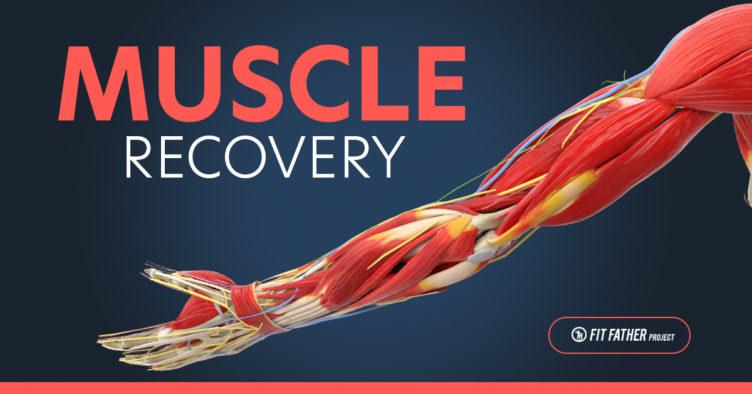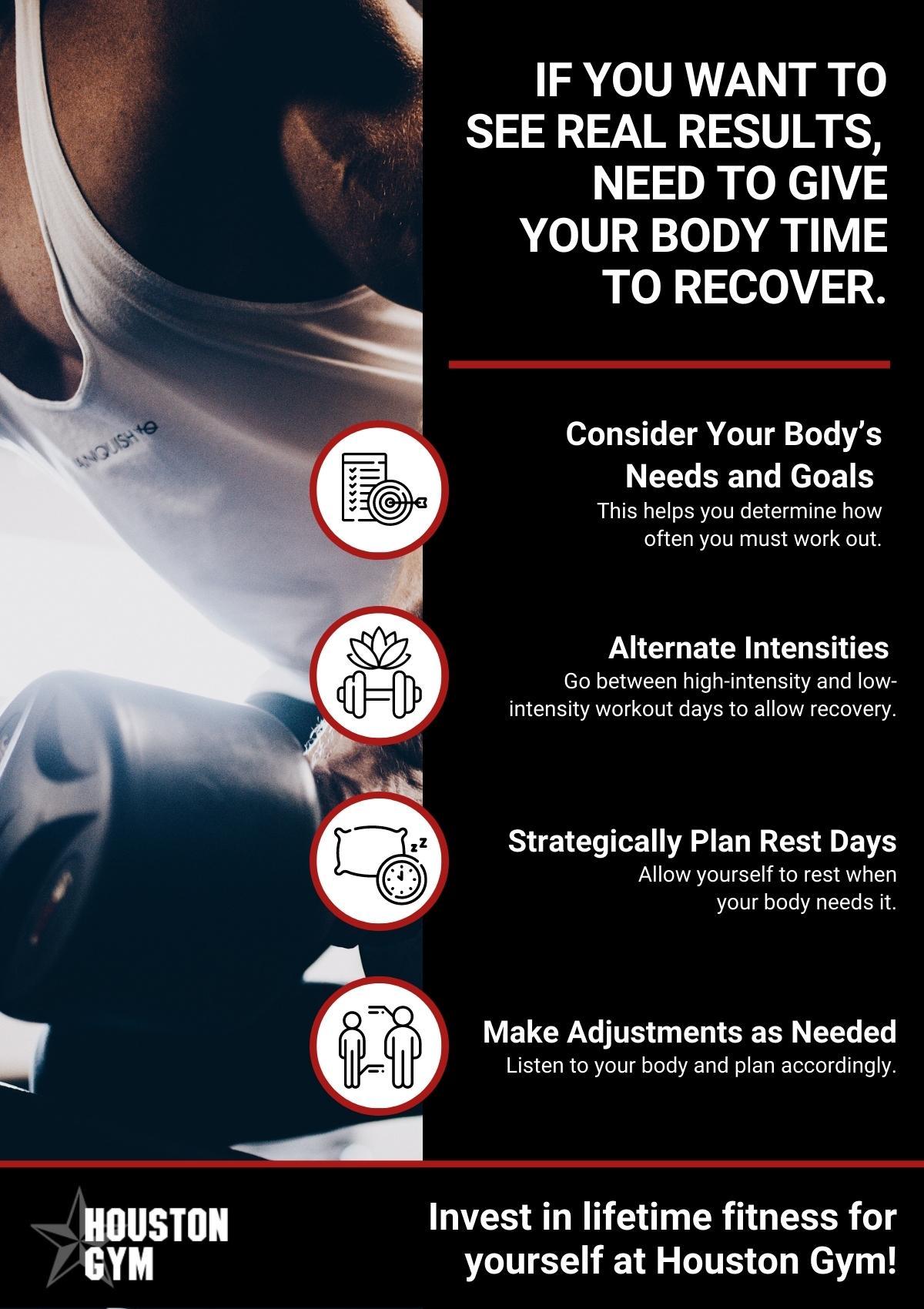In the relentless pursuit of peak physical performance, athletes and fitness enthusiasts often find themselves caught in a cycle of intense training, driven by the belief that more effort equals better results. Yet, amidst the clatter of weights and the rhythm of pounding feet, there exists a powerful, albeit quieter, ally—rest. is a subject that often tiptoes in the shadow of more glamorous fitness narratives, but its significance is profound. Like the silence between musical notes that gives melody its grace, rest days provide the essential pause that allows muscles to repair, adapt, and ultimately thrive. This article delves into the science and wisdom behind rest days, unraveling how moments of stillness can unlock untapped potential and elevate athletic performance to new heights.
Balancing Act The Science Behind Rest Days and Muscle Recovery
In the pursuit of peak performance, athletes and fitness enthusiasts often overlook the crucial role that rest days play in muscle recovery. While it might be tempting to push the limits continuously, the science behind rest and recovery reveals that these days off are not just a break from physical activity but a strategic component of any training regimen. Muscle recovery is a complex physiological process that involves the repair and strengthening of muscle fibers, and this can only occur when the body is given adequate time to heal.
Here are some key benefits of incorporating rest days into your fitness routine:
- Prevention of Overuse Injuries: Rest days help reduce the risk of injuries by allowing the body to recover from the stress of continuous workouts.
- Improved Muscle Growth: During rest periods, muscle fibers repair and grow stronger, leading to better overall muscle development.
- Enhanced Performance: Adequate rest leads to improved endurance and strength, allowing for better performance in subsequent workouts.
- Mental Refreshment: Taking time off helps to prevent burnout and keeps motivation levels high, ensuring a sustainable fitness journey.
Harnessing the Power of Rest to Boost Athletic Performance
In the pursuit of peak athletic performance, it’s easy to overlook the transformative power of rest. While training and nutrition often take center stage, rest days are the unsung heroes in the journey towards optimal muscle recovery and enhanced performance. Incorporating rest into your routine is not merely about taking a break; it’s about giving your body the time it needs to repair, rebuild, and grow stronger.
- Muscle Recovery: During intense workouts, muscle fibers undergo microscopic damage. Rest days provide the essential downtime for these fibers to repair and grow, leading to increased strength and resilience.
- Injury Prevention: Continuous training without adequate rest increases the risk of overuse injuries. Regular rest days allow the body to recover fully, reducing the likelihood of strains and sprains.
- Mental Refreshment: Rest isn’t just physical. It offers a psychological reset, reducing stress and enhancing focus, ultimately leading to improved performance when training resumes.
Incorporating rest days strategically can unlock new levels of athletic performance, turning downtime into a powerful ally in your training arsenal. Remember, rest is not a sign of weakness but a catalyst for greatness.

Key Strategies for Optimal Recovery and Performance Gains
Incorporating strategic rest days into your fitness regimen is essential for maximizing both recovery and performance gains. During these rest periods, your muscles have the opportunity to repair and grow stronger, which ultimately enhances your overall fitness level. Prioritize quality sleep as it plays a pivotal role in muscle recovery by releasing growth hormones that facilitate tissue repair. Additionally, consider integrating active recovery activities, such as light yoga or walking, to maintain blood flow without exerting undue stress on the muscles.
Implementing nutrition-rich diets that focus on proteins and anti-inflammatory foods can further expedite recovery, providing the necessary building blocks for muscle repair. It’s also beneficial to stay hydrated to support metabolic processes and prevent muscle cramps. Lastly, listen to your body; understanding the signs of overtraining can help you adjust your rest days and prevent burnout. By balancing intense workouts with well-planned rest, you lay the foundation for sustained performance improvements and long-term fitness success.

Tailoring Rest Days to Your Fitness Goals and Lifestyle
Understanding how to tailor your rest days is essential for optimizing both muscle recovery and overall performance. The frequency and nature of these rest periods can vary greatly depending on individual fitness goals and lifestyle demands. For instance, athletes focusing on strength training might benefit from active rest days that incorporate light activities like yoga or swimming to maintain mobility and circulation without overtaxing the muscles. Conversely, those aiming for endurance may prioritize complete rest to allow their energy systems to fully recover.
- Active Recovery: Engages the body in low-intensity activities to promote blood flow and aid in muscle repair.
- Complete Rest: Provides a break from all physical exertion, essential for mental and physical rejuvenation.
- Mixed Approach: Combines elements of both active and complete rest, adapting to personal energy levels and recovery needs.
Moreover, lifestyle factors such as work schedules, sleep quality, and stress levels can influence the type and frequency of rest days. By aligning rest strategies with your unique circumstances, you ensure that your body receives the care it needs to build strength, enhance endurance, and prevent injury, ultimately leading to a more balanced and sustainable fitness journey.

